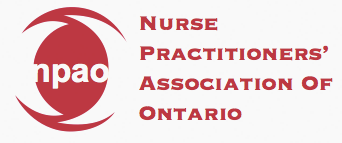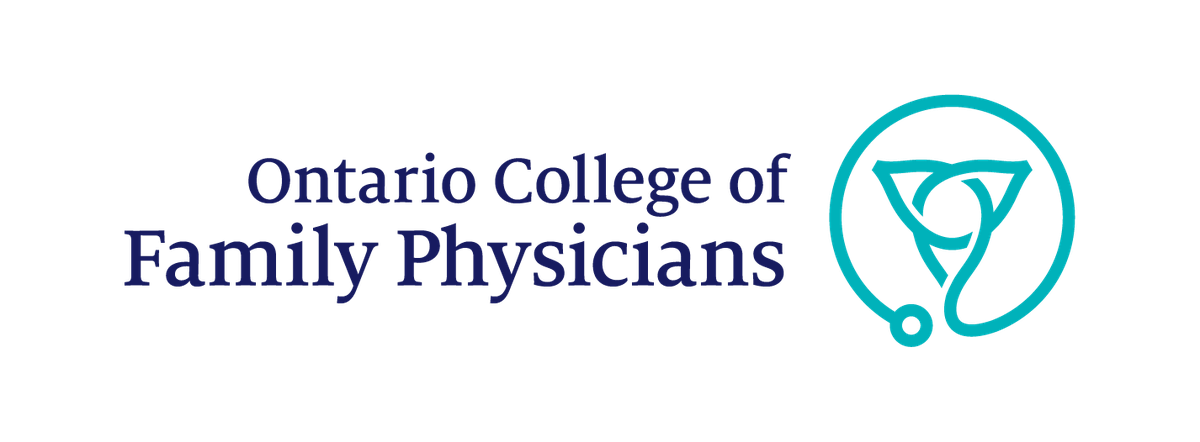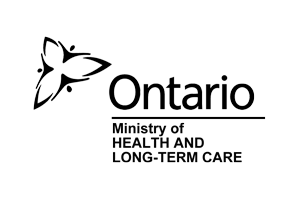2018 – 2019 REVIEW
Knowledge translation In primary care
Introduction
About the project
The Centre for Effective Practice (CEP) partnered with the Ontario College of Family Physicians (OCFP) and the Nurse Practitioners’ Association of Ontario (NPAO) on the Knowledge Translation in Primary Care Initiative. This multi-year initiative is funded by the Ministry of Health and Long-Term Care.
The 2020 – 2022 Knowledge Translation in Primary Care Initiative looks to leverage digital solutions to develop tools, resources and programs that enhance providers' day-to-day practice.
The 2017 – 2020 Knowledge Translation in Primary Care Initiative focused on the development of clinical tools and resources for Ontario’s primary care providers, and explores opportunities to better support primary care providers with EMR optimization and the localization of tools, where possible.
The 2014 – 2017 Knowledge Translation in Primary Care Initiative aimed at developing and disseminating health information and clinical tools to support primary care providers.
Goals
Provider engagement
We aimed to better understand clinical priorities, information needs and communication preferences through engagement with primary care providers.
System alignment and coordination
We aligned and coordinated clinical tools and dissemination activities with other organizations’ activities in the primary care system.
Develop and disseminate tools
We developed and disseminated up to 15 health information and clinical tools to primary care providers across Ontario.
Process
Primary care needs assessment
The Centre for Effective Practice launches a Needs Assessment Survey regularly. The purpose of this survey was to engage primary care providers (specifically family physicians and primary care nurse practitioners) to determine topics of interest, how to best meet their information needs and communication preferences. The results of this survey will help inform the development of clinical tools that are effective and relevant for primary care providers.
Topic selection process
To identify clinical areas for this Initiative, a topic selection process was established. This process consisted of a number of key steps and inputs outlined including the nomination of potential clinical topics by key stakeholders or primary care providers.
Tools developed
Partners
Clients
Publications and presentations
A checkup on CLINICAL TOOLS: Results of a Needs Assessment of Primary Care Providers in Ontario
Poster session presented at: Family Medicine Forum; 2015 Nov 11-14; Toronto, ON.
Development and Dissemination of a Preconception Health Care Tool in Primary Care
Poster session presented at: Family Medicine Forum (FMF) 2015; Department of Family and Community Medicine (DFCM) 2016 & Canadian Association for Health Services and Policy Research (CAHSPR) 2016 conferences.
A Check-Up on Clinical Tools
Assessment Survey in the Fall of 2014. The purpose of this survey was to engage primary care providers (specifically family physicians and primary care nurse practitioners) to determine topics of interest, how best meet their information needs and communication preferences.
Applying Usability Principles in Developing a Clinical Screening Tool for Poverty in Primary Care
Poster session presented at: Department of Family and Community Medicine 2016 conference.
Application of a Priority-Setting Framework for Clinical Topic Selection in Primary Care
Poster session presented at: Canadian Association for Health Services and Policy Research (CAHSPR) 2016 conference.
A Checkup on Clinical Tools: Results of a 2017/2018 Needs Assessment Survey of Primary Care Providers in Ontario
A needs assessment survey was emailed to primary care providers in Ontario via the Ontario College of Family Physicians and the Nurse Practitioners’ Association of Ontario. The survey was available for seven weeks and 621 valid responses were received.





